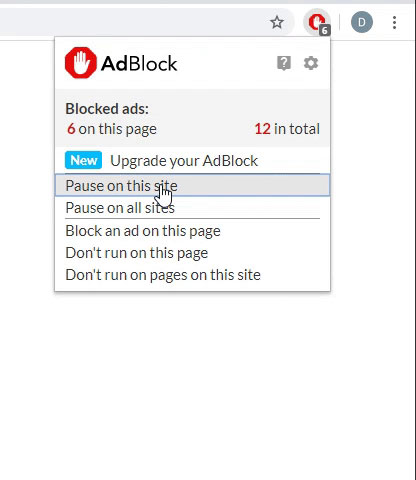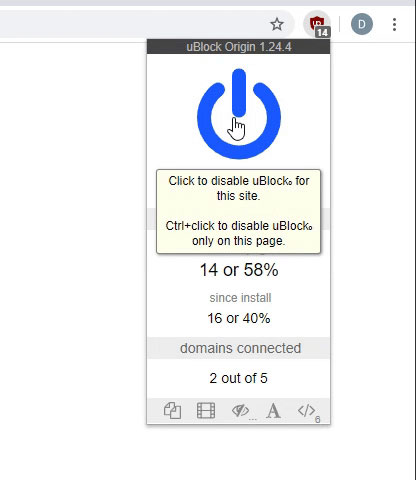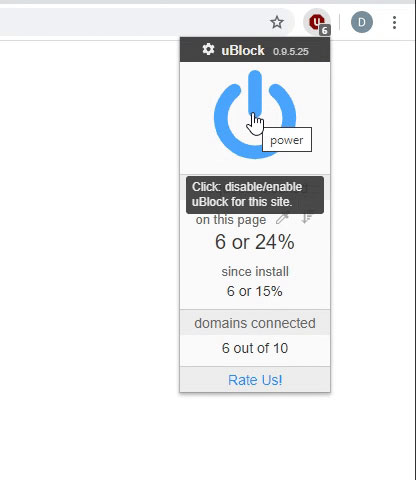Hello,
So I have 80 or so large data sets that I have smoothed and then found the slope between each point. I then calculate the average change of the slope along the curve. I would like to search for a row in the two columns where the average slope percent change is less than 1% in one column and the value of the slope is as close to zero in the other column. All of the data has a time stamp for each point. The most rudimentary way I found to do this was to cut out the two data columns and the time column and make two tables each with three columns, the slope, slope percent change, and the time stamp. Sort one table from min to max by the slope and the other by the slope percent change and find the first point where the time stamps match. I am open to a more robust way to find the meeting of these two metrics as well but this was the first way I thought of. I did this manually in excel and could brute force this problem but would like so write some VBA code to do this instead since I am not sure yet it will be a good metric for what I am trying to do and would hate to waste all the time manually doing it only to find half way through the data that it is not a widely applicable metric. Thank you!
Josh
So I have 80 or so large data sets that I have smoothed and then found the slope between each point. I then calculate the average change of the slope along the curve. I would like to search for a row in the two columns where the average slope percent change is less than 1% in one column and the value of the slope is as close to zero in the other column. All of the data has a time stamp for each point. The most rudimentary way I found to do this was to cut out the two data columns and the time column and make two tables each with three columns, the slope, slope percent change, and the time stamp. Sort one table from min to max by the slope and the other by the slope percent change and find the first point where the time stamps match. I am open to a more robust way to find the meeting of these two metrics as well but this was the first way I thought of. I did this manually in excel and could brute force this problem but would like so write some VBA code to do this instead since I am not sure yet it will be a good metric for what I am trying to do and would hate to waste all the time manually doing it only to find half way through the data that it is not a widely applicable metric. Thank you!
Josh





